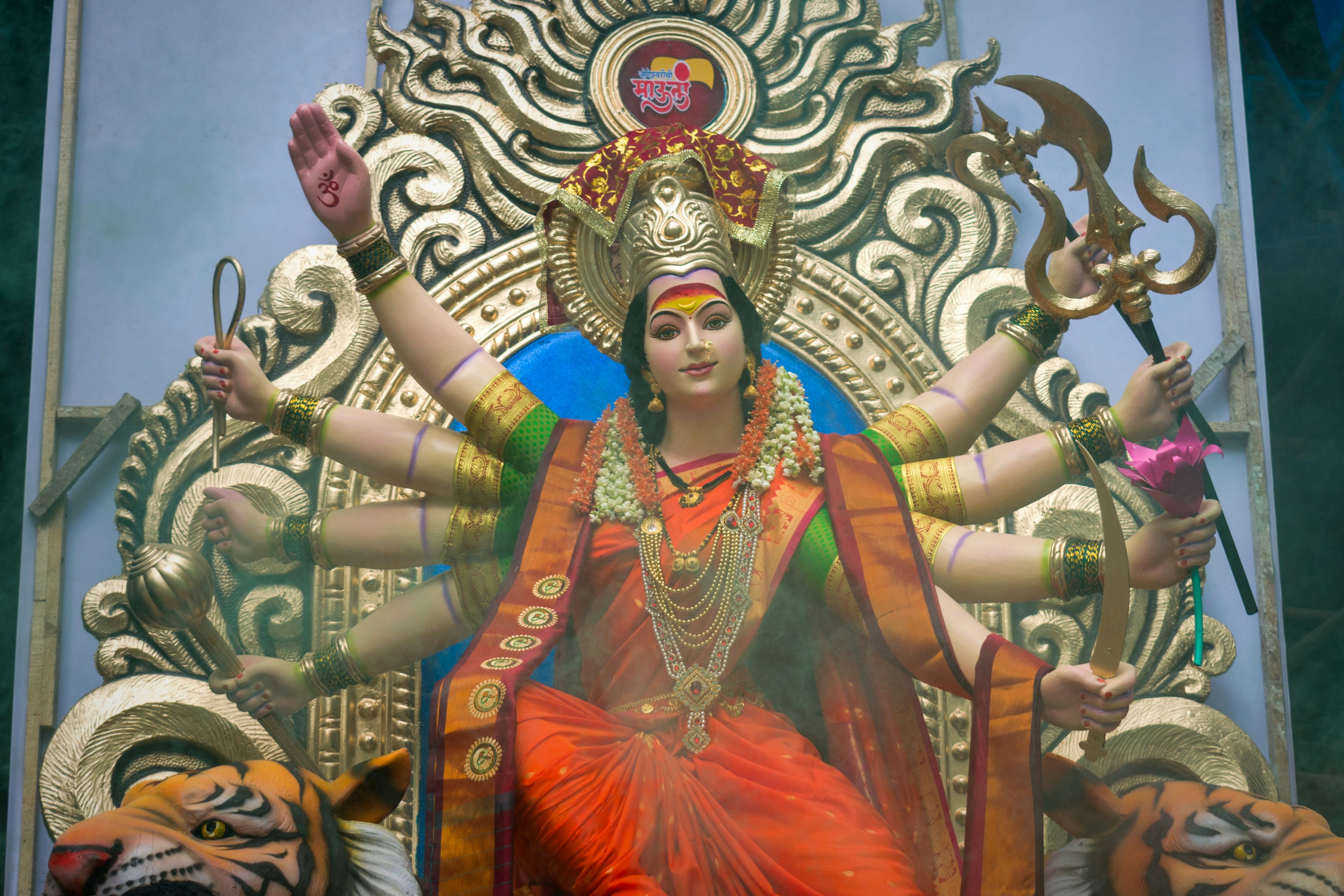Exploring America’s Cultural Crossroads
As we begin our exploration of America’s cultural crossroads, it is important to acknowledge the historical context that has shaped the nation’s diversity. From the early waves of European colonization to the forced migration of African slaves, the United States has been shaped by a complex history of immigration and cultural exchange.
New York City: The Melting Pot
One of the most iconic cultural crossroads in America is New York City. Known as the “melting pot of the world,” this vibrant metropolis is home to people from every corner of the globe. Walking down the streets of Manhattan, you can hear a symphony of languages and encounter a kaleidoscope of cuisines. From the bustling markets of Chinatown to the vibrant salsa clubs of Spanish Harlem, the cultural diversity of New York City is truly awe-inspiring.
Hidden Diversity in the Midwest
But cultural crossroads are not limited to the big cities. In the heartland of America, the Midwest is a region that often goes unnoticed when discussing diversity. However, hidden beneath its picturesque landscapes and small towns lies a rich tapestry of cultural traditions brought by immigrants from all over the world. Whether it’s the German heritage of Milwaukee, the Scandinavian influence in Minnesota, or the vibrant Mexican-American community in Chicago, the Midwest is a testament to the diversity that can be found in unexpected places.
The Impact of Native American Cultures
As we continue our journey across America’s cultural crossroads, we cannot ignore the impact of Native American cultures. These indigenous communities have inhabited this land for thousands of years and have a deep connection to the natural world. From the Navajo Nation in the Southwest to the Inuit communities of Alaska, Native American cultures are an integral part of America’s diverse tapestry.
Diaspora Communities and Cultural Exchange
Furthermore, America’s cultural crossroads extend beyond its borders. The country’s history of immigration has resulted in vibrant diaspora communities that maintain strong ties to their ancestral homelands. From the vibrant Caribbean communities in Miami to the thriving Indian-American population in Silicon Valley, these diaspora communities bring their unique traditions and perspectives, enriching the cultural landscape of the United States.
Celebrating America’s Cultural Tapestry
As we conclude our exploration of America’s cultural crossroads, it becomes evident that diversity is not just a buzzword, but a defining characteristic of the nation. From the bustling streets of New York City to the serene landscapes of the Midwest, America’s cultural crossroads are a testament to the power of unity in diversity. By celebrating and embracing the different cultures that make up the fabric of this nation, we can truly appreciate the beauty of America’s cultural tapestry.
America’s Cultural Diversity: An Overview
Preserving cultural heritage is not just about showcasing artifacts and historical events, but also about creating a space for dialogue and understanding. Museums and historic sites provide a platform for communities to come together and engage in meaningful conversations about their shared history.
Connecting with the Past: Museums and Historic Sites
For example, the National Museum of the American Indian in Washington, D.C. not only displays a vast collection of Native American artifacts but also serves as a center for cultural exchange. Through exhibitions, performances, and educational programs, visitors can learn about the rich and diverse cultures of Native American tribes and gain a deeper appreciation for their contributions to American society.
Preserving Cultural Heritage for Future Generations
Moreover, museums and historic sites also play a crucial role in preserving cultural heritage for future generations. Through careful conservation and research, these institutions ensure that valuable artifacts and historical sites are protected and accessible to all. They serve as custodians of our collective memory, ensuring that the stories of our ancestors are not forgotten.
Embracing Technology: Digital Access to Cultural Heritage
Furthermore, museums and historic sites are not just limited to physical spaces. In the digital age, many institutions have embraced technology to reach a wider audience and provide virtual access to their collections. Online exhibits, virtual tours, and interactive educational resources allow people from all over the world to engage with cultural heritage in new and innovative ways.
Celebrating Cultural Traditions: Festivals and Events
These festivals not only showcase the diversity of America’s cultural heritage but also provide a platform for artists and performers to share their talents. Music and dance are integral parts of many cultural celebrations, and attendees can experience everything from traditional folk songs to modern interpretations of ancient rituals.
Appreciating Cultural Diversity through Celebrations
Overall, these celebrations of cultural traditions are a testament to the richness and diversity of America’s cultural landscape. They bring people together, foster understanding and appreciation, and provide a platform for artists and businesses to thrive. By embracing and celebrating our differences, we can create a more inclusive and vibrant society for all.
Enter your email to get the Latest Updated Exploring News and Topics
Discover more from atozexplore.com
Subscribe to get the latest posts sent to your email.







